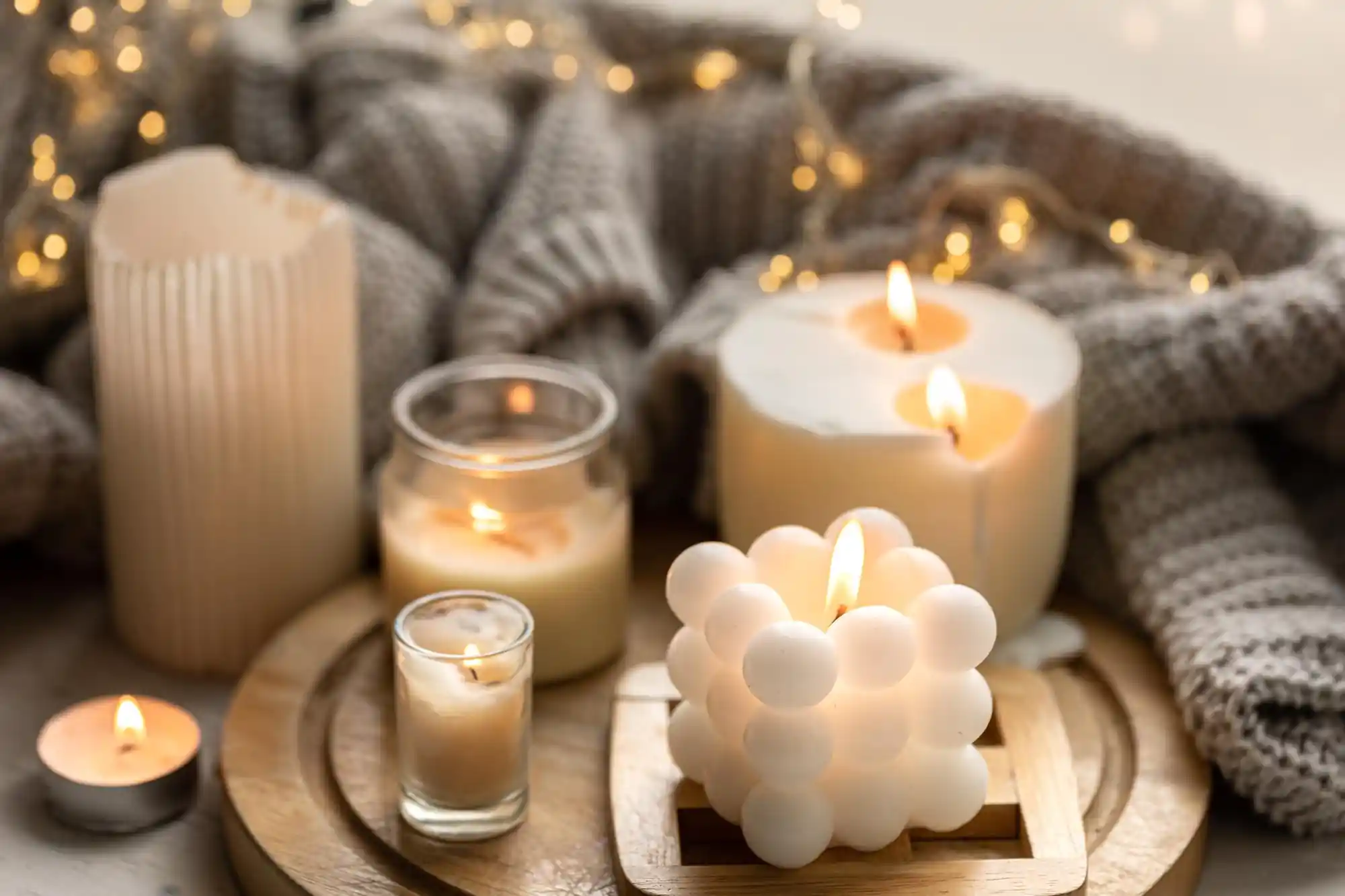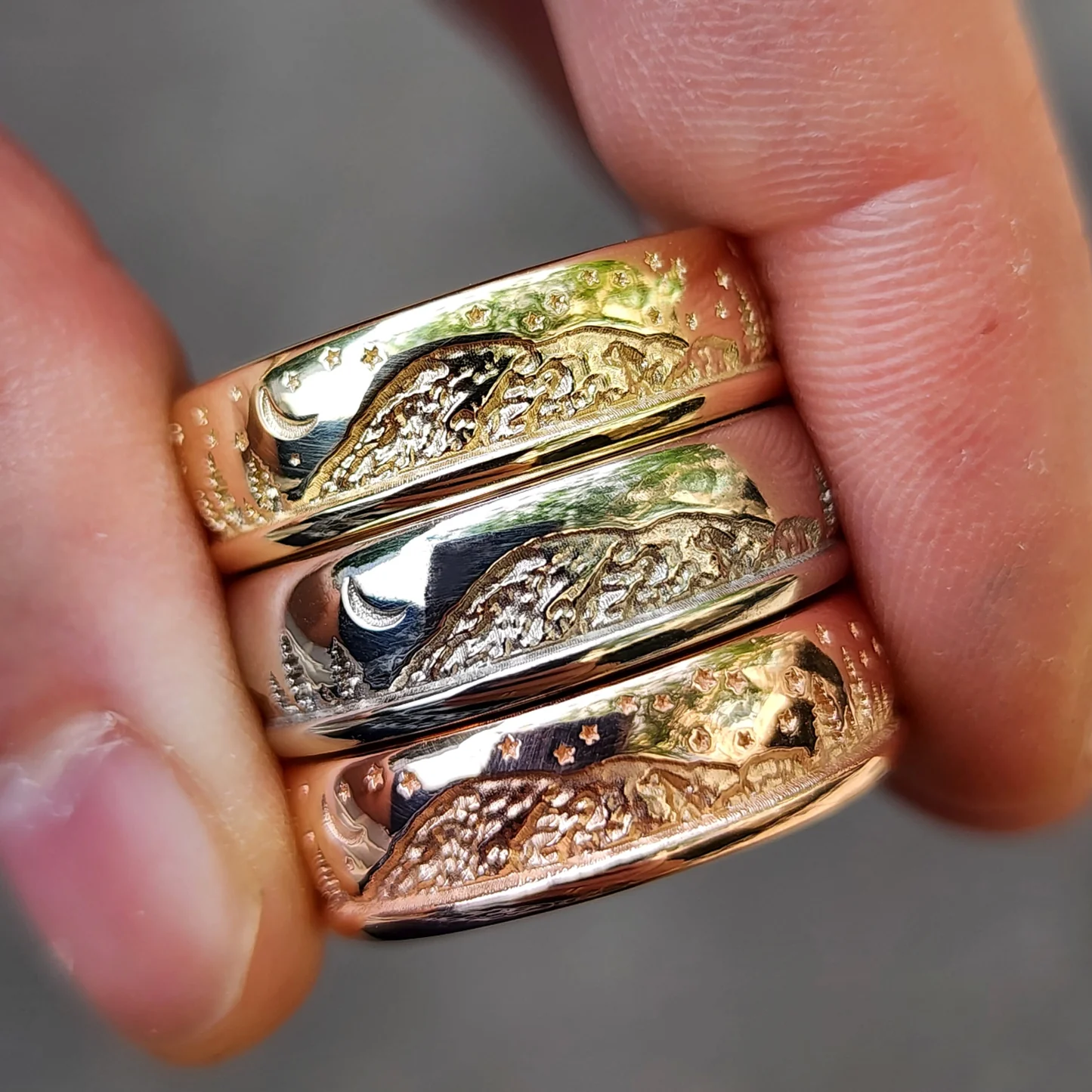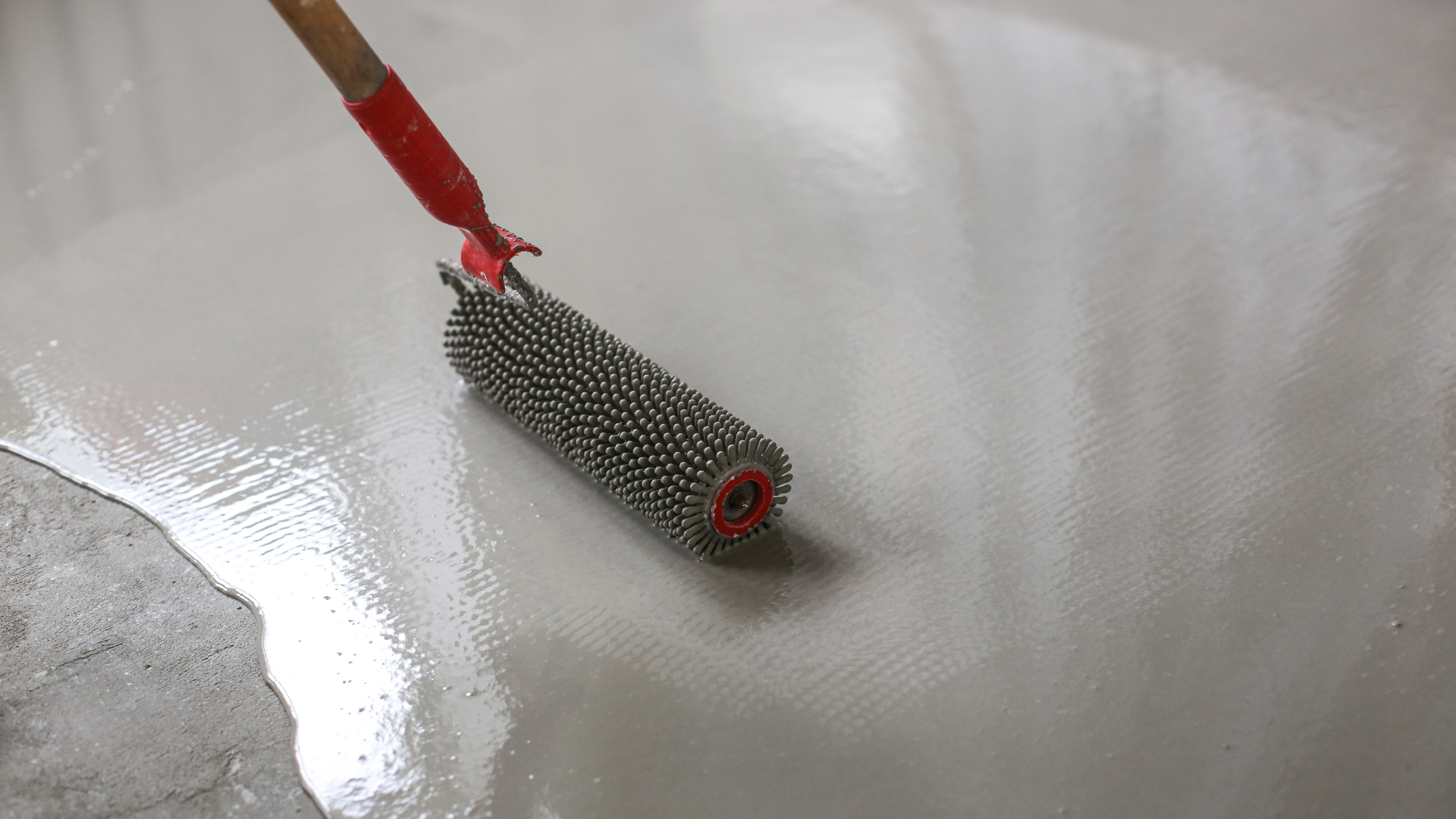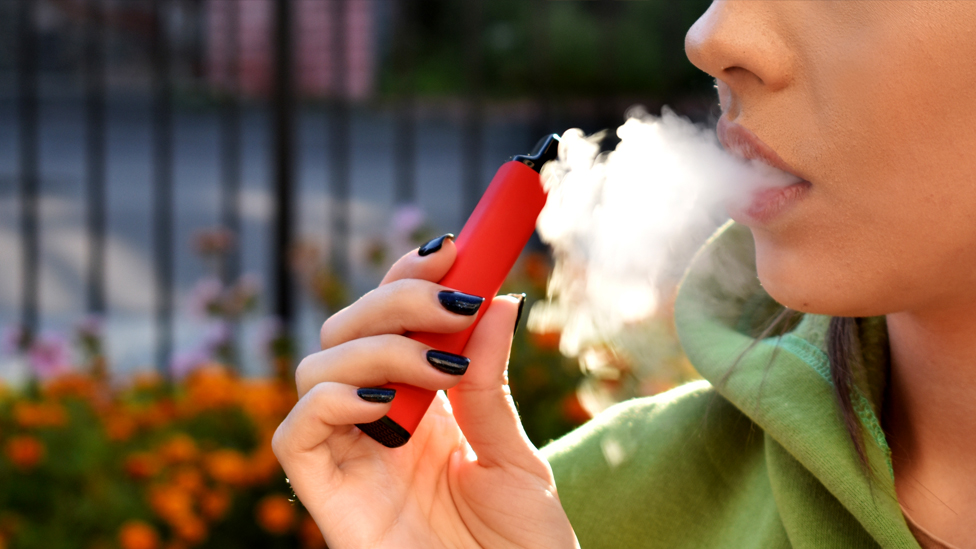A Candle is more than just a source of light—it’s a symbol of warmth, hope, and tradition. While today a Candle is often used for ambience or relaxation, its story spans thousands of years. From ancient civilizations to modern luxury, the evolution of Candle making reflects human ingenuity, culture, and artistry. Join us at S7 Home Fragrances as we trace the fascinating history of Candle making and discover how this everyday object became an enduring part of our lives.
Early Beginnings of Candle Making
Ancient Egypt
The earliest use of a Candle-like object can be traced back to Ancient Egypt. Egyptians soaked reeds in animal fat to create torches that functioned much like a Candle. Though crude, these primitive versions laid the foundation for future innovations.
Roman Contributions
The Romans are credited with developing the wick Candle around 500 BCE. By dipping rolled papyrus in melted tallow or beeswax, they created the first true Candle, which provided longer-lasting light. This innovation made the Candle a crucial tool for households, ceremonies, and travel.
Candle Use in Ancient Cultures
China and India
In China, Candle making was practiced as early as 200 BCE, using whale fat. In India, people crafted Candles from wax made of boiling cinnamon, producing both light and fragrance—an early nod to scented Candle traditions we enjoy today.
The Middle East
Beeswax was highly valued in the Middle East, producing clean-burning Candles. Unlike tallow, beeswax Candles did not produce smoke or unpleasant odors, making them popular for religious ceremonies.
The Role of Candles in the Middle Ages
During medieval times, Candles became more widespread across Europe. Tallow remained the most common material due to its availability, but beeswax Candles grew in popularity for churches and wealthy households. A beeswax Candle symbolized purity and was often used in religious rituals.
Guilds and Craftsmanship
By the 13th century, Candle making became a recognized craft. Guilds were formed, standardizing methods and spreading techniques throughout Europe. This marked the rise of Candle making as both an art and a profession.
Innovations in Candle Making
Colonial America
In the 18th century, American settlers discovered bayberry wax. This natural wax produced a cleaner burn and pleasant aroma, though the process of extracting it was labor-intensive. Still, a bayberry Candle became a cherished holiday tradition.
Industrial Revolution
The 19th century transformed Candle production. Stearin, a material derived from animal fats, was introduced in France and burned far better than tallow. Later, the development of paraffin wax—extracted from petroleum—revolutionized Candle making. Paraffin was inexpensive, odorless, and burned cleanly, quickly becoming the standard for mass production.
Candles in Modern Times
From Utility to Décor
By the late 19th century, gas and electricity reduced the Candle’s role as a primary light source. Yet instead of fading into history, the Candle evolved into a decorative and emotional item.
The Rise of Scented Candles
In the 20th century, the scented Candle industry emerged. Using essential oils and fragrance blends, a Candle became a way to enhance mood, promote relaxation, and add luxury to daily life.
Artisanal Revival
Today, there is a renewed appreciation for hand-poured, eco-friendly Candles. Soy, coconut, and beeswax options have gained popularity as people look for sustainable and natural choices. A Candle is now as much about experience as it is about function.
Cultural and Symbolic Meaning of Candles
A Candle has carried symbolic meaning across centuries and cultures. From representing hope in dark times to marking celebrations and rituals, the glow of a Candle is universally recognized as meaningful. Whether used in birthdays, holidays, or memorials, a Candle embodies continuity and comfort.
Candle Making Today
Technology Meets Tradition
Modern techniques allow for precision in fragrance blending, wax pouring, and wick design. Yet, the artistry of Candle making remains strong, as many small businesses and artisans preserve traditional handcrafting methods.
The Home Fragrance Connection
At S7 Home Fragrances, we believe a Candle is more than décor—it’s an experience. Today’s Candle industry reflects centuries of history while offering new ways to connect with relaxation, memory, and mood.
Conclusion
From reed torches in Ancient Egypt to luxury fragrances in modern homes, the history of Candle making is a story of evolution, culture, and creativity. What began as a necessity has transformed into a source of beauty and comfort. The next time you light a Candle, remember that you’re carrying on a tradition thousands of years old—a tradition that continues to brighten hearts and homes.




